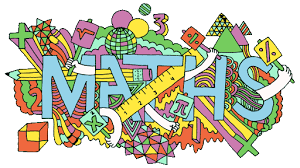New Unit! Solving the Conundrum
Hello Everyone!
We are in the process of finishing up our math games and slideshows on form and function, and next week we will begin presentations of what we have created! We will have opportunities to share learning with one another and to practice communication skills like public speaking.
This week, though, we have begun a new unit!
Title: Solving the Conundrum
Key Concepts: Perspective, Problem-solving
Unit Focus Statement:
Problem solving involves careful observation, critical thinking, and consideration of multiple perspectives.
An Inquiry Into:
- Tools for problem solving (consensus building, “7 Norms of Collaboration”, the “Ladder of Inference)
- Math and Science used in forensics to solve crimes
- Problem solving in math
- Mystery Writing and Analogies
- Group art creation through sculpture
- Ethics
- Human rights (Personal, Children, Aboriginal, International)
- Past discrimination in Canada (Japanese Internment, Chinese Head Tax, Residential Schools, Komagata Maru)
- Reparation and Reconciliation
Upcoming Activities:
- Crime Scene Investigation
- Visit to the Museum of Vancouver on Dec. 5th to see the exhibit “City Before the City” about the Musqueam peoples
- Investigation of math conjectures and counterexamples
- Discussion of ethics through pictures books, followed by class debates around hard questions
- Discussion about culture, our own identities, and how those things colour our beliefs about the world, and our perspective
- Writing a mystery story!
- Hour of Code and Ozobots
- Looking at the UN Declaration of Human Rights and Convention on the Rights of a Child, and comparing it to the Canadian Charter of Rights and Freedoms
- and more!
More to come as we start to unpack the unit! Stay tuned on Twitter to see some of the things we are doing in class and talk at home about some of the hard questions we bring up during the unit.
Have a good week!
Ms. D



